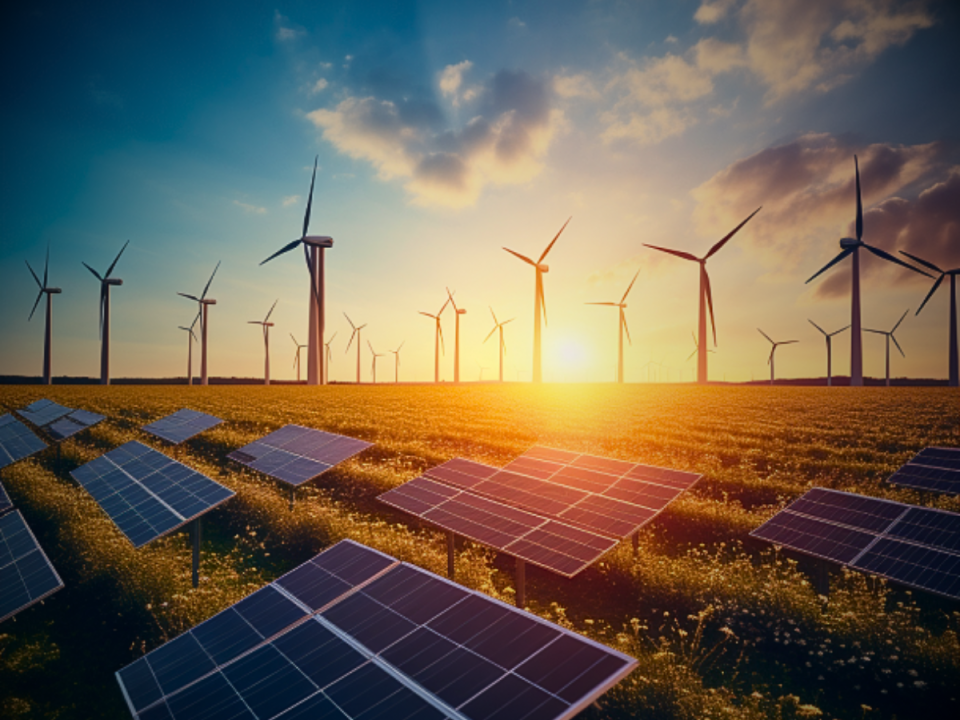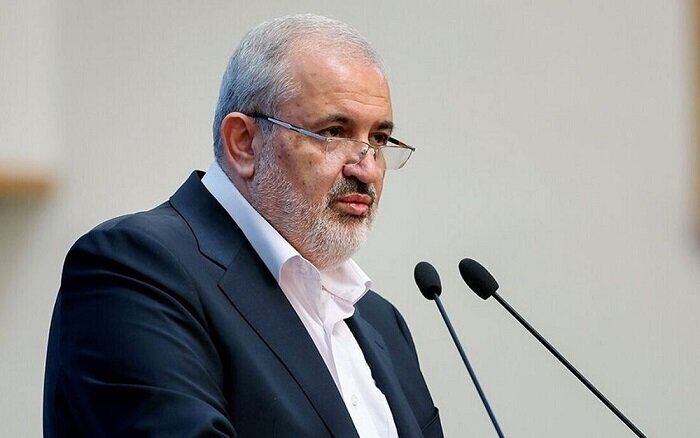The serious program of the IRAN government for the development of renewable energy
In recent years, the development of renewables has begun, but the fourteenth government has serious plans for the expansion of this energy, to the extent that government officials have recently announced extensive government support and plans to increase renewable electricity production capacity to 30,000 to 50,000 megawatts.

According to the IMNA news agency, renewable energies have been recognized as a key solution to address environmental crises and reduce dependence on fossil fuels, gaining attention from many countries in recent years. Iran, as a country with rich energy resources, is also striving to utilize these capacities. The share of renewable energy in Iran’s energy mix remains low, with approximately only 2% of the country’s total energy consumption sourced from renewables. In recent years, solar power plants have been identified as one of the most important renewable resources in Iran. Despite the high solar radiation potential in many areas, the number of active power plants remains limited, indicating a need for investment and infrastructure development.
Additionally, Iran, particularly in the northwestern and southern regions, has high potential for wind energy; however, the number of these power plants and their energy production levels are lower than the existing potential. Biomass energy and other sources have also been proposed as renewable options in Iran, but they are still in the early stages of development.
In recent years, the development of renewables has begun, but the fourteenth government has serious plans for the expansion of this energy, to the extent that government officials have recently announced extensive government support and plans to increase renewable electricity production capacity to 30,000 to 50,000 megawatts. Approximately 35 trillion rials have been allocated in the budget law for the renewable sector and energy consumption optimization. These resources are considered an exceptional opportunity for the development of the renewable electricity industry.

Issuing unique identifiers for renewable power plant construction projects allows owners to stay informed about the current status of their project ownership documents. This identifier acts as a tool to facilitate the registration and investment process in this field. Furthermore, the guaranteed purchase contract for renewable electricity will gradually increase from 3 megawatts to 10 megawatts. This measure assures investors that in case of non-payment, they can sell their produced electricity to industries or offer it on the green market.
Despite extensive support, several challenges hinder the rapid development of renewable energy in Iran. Many regions require appropriate infrastructure to utilize renewable resources. The lack of supportive laws and regulations can deter investors. There is a need to increase public awareness and education regarding the use of renewable energy and related technologies. Additionally, there is a demand for the development of effective technologies for energy storage during non-production times.
To develop renewable energy for achieving sustainable development in Iran, it is essential to improve laws and regulations to attract investors and facilitate administrative processes. Providing financial and credit incentives for investors in renewable projects, conducting training courses and workshops to familiarize stakeholders with renewable technologies and their benefits, and investing in research and development of new technologies to improve efficiency and reduce costs, as well as attracting foreign investment and collaborating with advanced countries in renewable energy technologies, are important and relevant topics.
The development of renewable energy in Iran not only helps reduce dependence on fossil fuels but also contributes to environmental preservation and the creation of sustainable jobs. Given the government support and existing potentials, it is hoped that this sector will continue to develop as one of the main pillars of the country’s energy supply in the near future.


